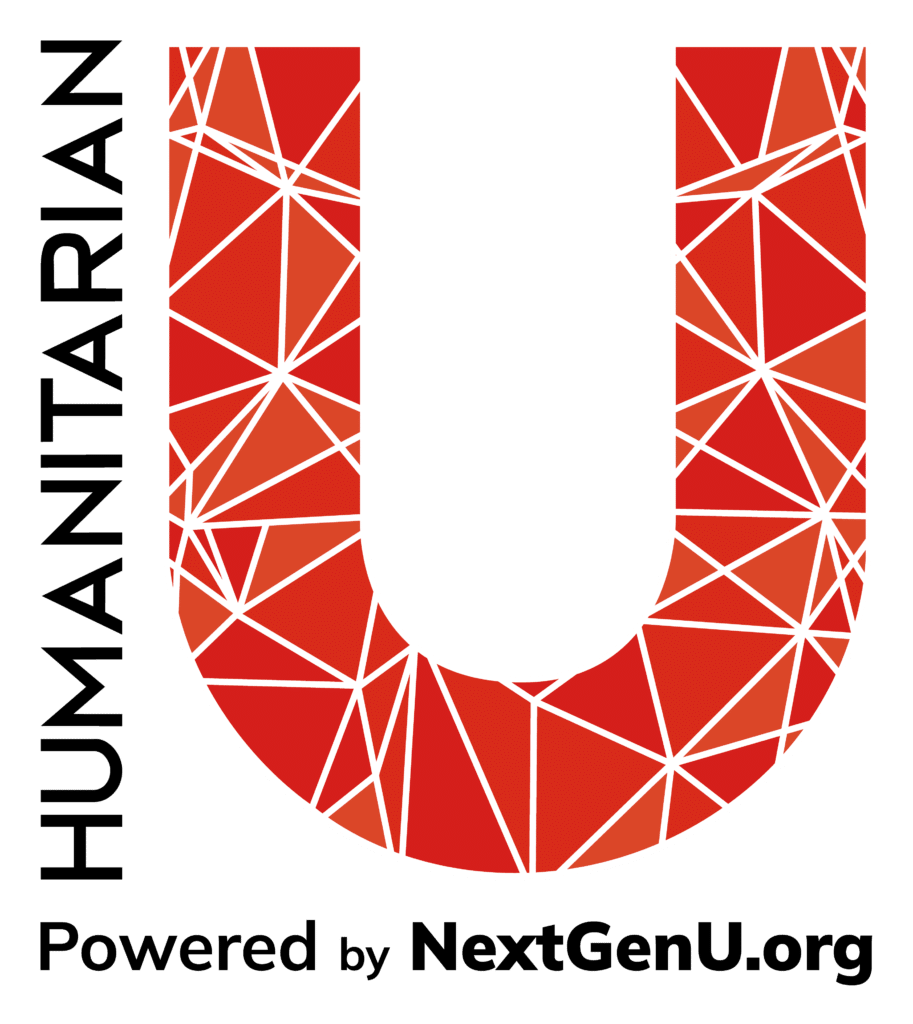Advancing Public Health: Malaria Vaccine Initiative in Cameroon
Malaria is a significant health issue in Sub-Saharan Africa, particularly in overcrowded refugee and internally displaced persons (IDP camps). In 2022, Africa reported 233 million cases and 95% of global malaria deaths, totaling around 580,000 fatalities. Worryingly, children under five years old represented 80% of these deaths. To tackle this significant problem, Cameroon has launched the RTS,S (Mosquirix) vaccination initiative explicitly designed for children.
This blog compares the World Health Organization (WHO) approved Mosquirix and R21 malaria vaccines, weighing their effectiveness, cost-efficiency, and the challenges they face. It further explores the intricacies of malaria vaccine development, underscoring the complexities of the Plasmodium falciparum parasite, which the vaccines target. The post also provides insights into the challenges of implementing the Mosquirix vaccine in nations like Cameroon. Finally, it explores the decision-making process behind the WHO’s adoption of the Mosquirix vaccine, shedding light on the broader strategies to tackle malaria.
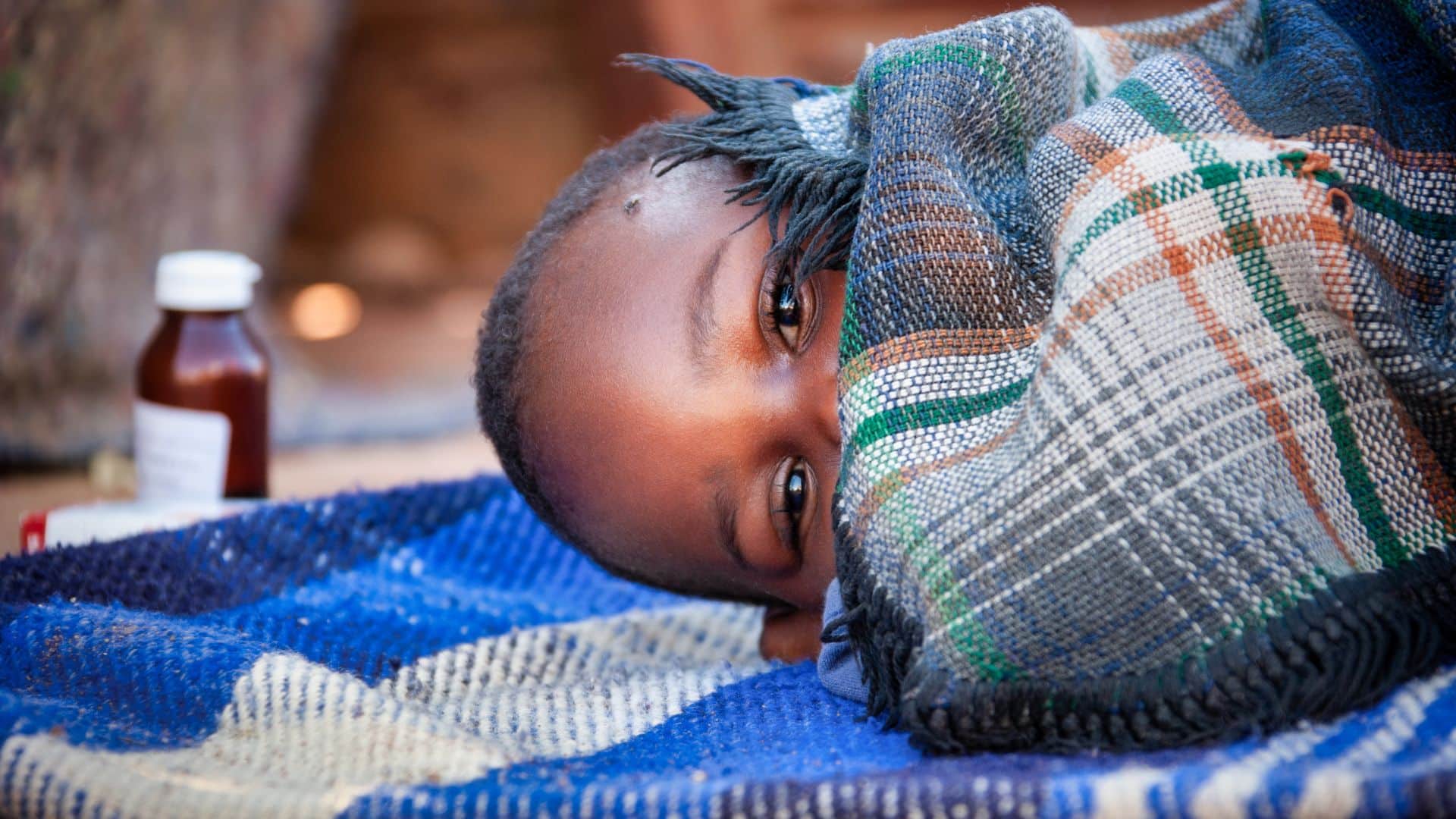
Comparative Analysis of Mosquirix and R21 Vaccines
The Mosquirix vaccine is a recombinant vaccine developed collaboratively by GlaxoSmithKline and the PATH Malaria Vaccine Initiative. This vaccine targets the circumsporozoite protein (CSP) of the P. falciparum malaria parasite. Large-scale pilot programs for this vaccine were conducted in Ghana, Kenya, and Malawi.
Efficacy-wise, Mosquirix shows approximately 55% effectiveness in children aged 5-17 months and around 39% in infants aged 6-12 weeks during Phase III trials. A course of four doses is recommended for optimal protection. However, its effectiveness diminishes over time, prompting the WHO to suggest an annual booster dose for children in high-risk areas after the fourth dose.
In contrast, the R21 vaccine, under development by the University of Oxford and the Serum Institute of India, offers up to 77% efficacy in its Phase IIb trial. This surpasses the effectiveness rate of Mosquirix. Similar to Mosquirix, R21 is a recombinant vaccine that also targets the CSP of P. falciparum. In the phase 3 trial of the R21 vaccine, three doses were administered four weeks apart, with a booster administered 12 months after the third dose. The global launch of R21 is anticipated by mid-2024, promising superior efficacy at a lower cost. While Mosquirix pricing reaches up to USD 9.30 per dose, R21 is estimated to cost between USD 2 and USD 4 per dose. The emergence of R21 poses a compelling question about its potential domination over Mosquirix, given that the R21 vaccine pledges to counteract malaria with more than double the effectiveness and at a markedly lower cost.
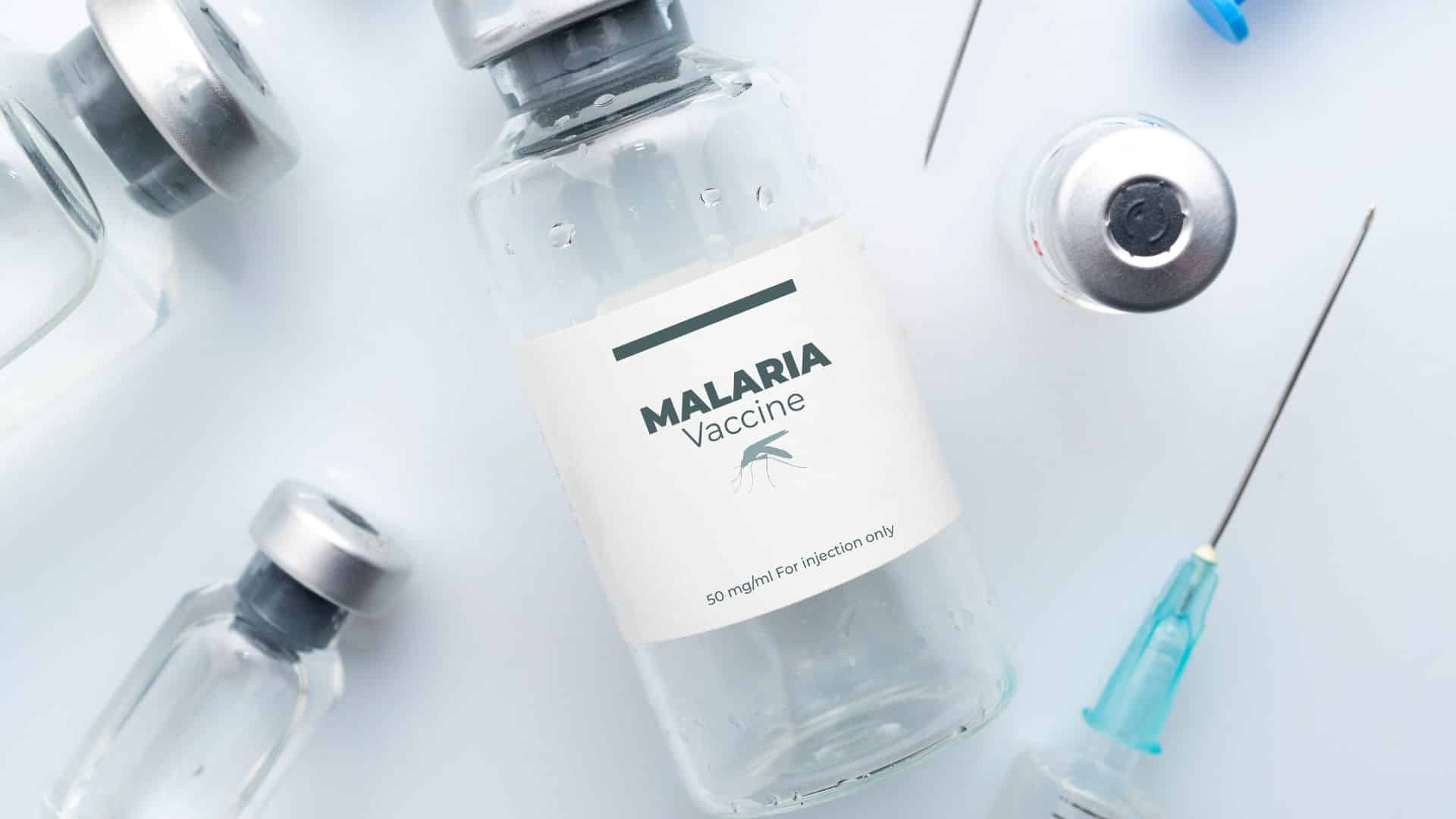
The Journey to Development: Understanding the Challenges in Malaria Vaccine Creation
One key question in malaria vaccine development is why the process has taken so long. The answer lies mainly in the complex biology of the P. falciparum parasite, which has presented considerable challenges.
A major issue is the complicated life cycle of the parasite, which has made vaccine development difficult. Most potential vaccines target only one phase of the parasite’s life cycle, leading to less than complete protection. For example, a vaccine that effectively fights the parasite’s blood stage (when it invades and multiplies within host red blood cells) doesn’t necessarily provide immunity against sporozoites, the infective stage of the malaria parasite.
The malaria vaccines aimed at the sporozoite-liver phase must work efficiently. If the vaccine fails to neutralize sporozoites or infected liver cells completely, malaria infection can occur. The Mosquirix and R21 vaccines are specifically engineered to target this sporozoite-liver stage of the malaria parasite, which is a significant step in tackling this severe disease.
Another factor that has slowed the development of an effective malaria vaccine is the lack of urgency. Ashley Birkett, Ph.D., the director of the Malaria Vaccine Initiative at PATH, stated that the main victims of malaria aren’t Europeans or Australians but poor African children. According to Birkett, this sad demographic reality has led to a relative lack of urgency in the global health community.
Compared to this, the swift development and approval of COVID-19 vaccines within a year demonstrates the power of global urgency and collaboration. Creating and rolling out the Mosquirix and R21 vaccines are significant progress in the fight against malaria. However, for these vaccines to be widely accepted and successful, it’s crucial to address vaccine hesitancy and ensure enough supply to meet the high demand.
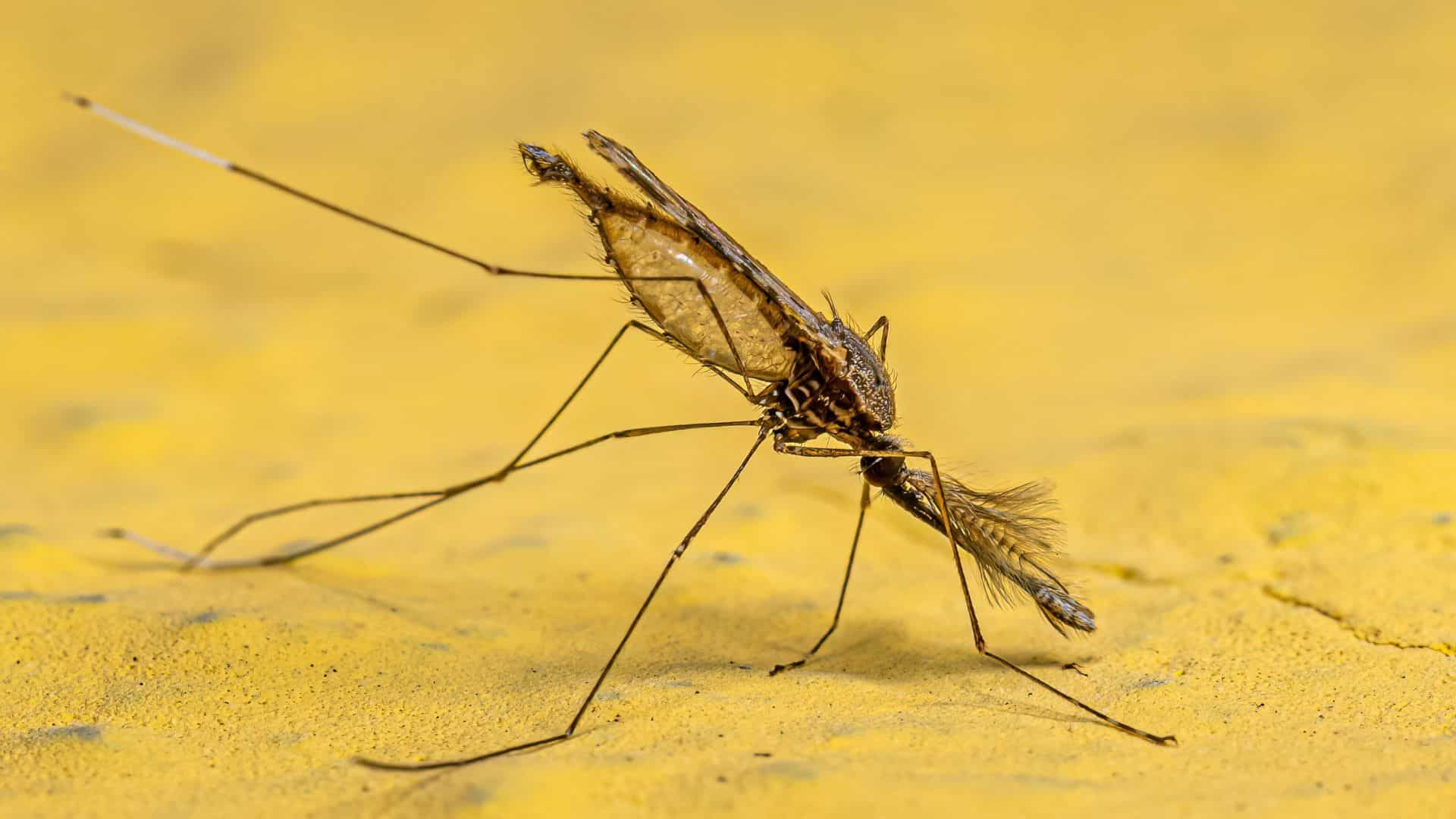
Challenges to implementing Mosquirix
Implementing the Mosquirix malaria vaccine in countries like Cameroon presents several challenges. The primary ones include health infrastructure issues, especially ensuring adequate cold chain facilities for vaccine storage and transport in rural areas. Another significant challenge is achieving and maintaining high vaccine coverage, particularly in remote areas with limited healthcare access. Additionally, the four-dose schedule of Mosquirix, with a critical fourth dose given 15-18 months after the third, can be challenging to maintain.
Despite initially supporting the vaccine, the Bill and Melinda Gates Foundation has ceased its funding. This decision has been prompted by concerns about the vaccine’s moderate efficacy, the necessity for a four-dose regimen, and the logistical and financial challenges associated with its delivery.
The WHO’s Stance on Mosquirix and R21 Vaccines
The WHO is implementing pilot programs using the Mosquirix vaccine, currently the only approved malaria vaccine. Considering that R21 will not be available until mid-2024, the decision to roll out Mosquirix now, despite the emerging higher efficacy of R21, comes down to the severity of the global malaria problem, which caused an estimated 229 million cases and 409,000 deaths in 2019.
The Mosquirix pilots can provide critical insights about the feasibility, impact, and safety while complementing preventative measures such as bed nets and indoor residual spraying. This approach creates an extra layer of protection and can reduce the overall severity and incidence of the disease. Furthermore, the long-term safety and efficacy profiles of R21 must be established before it can be approved for broad use, making the immediate use of Mosquirix a logical course of action against malaria.
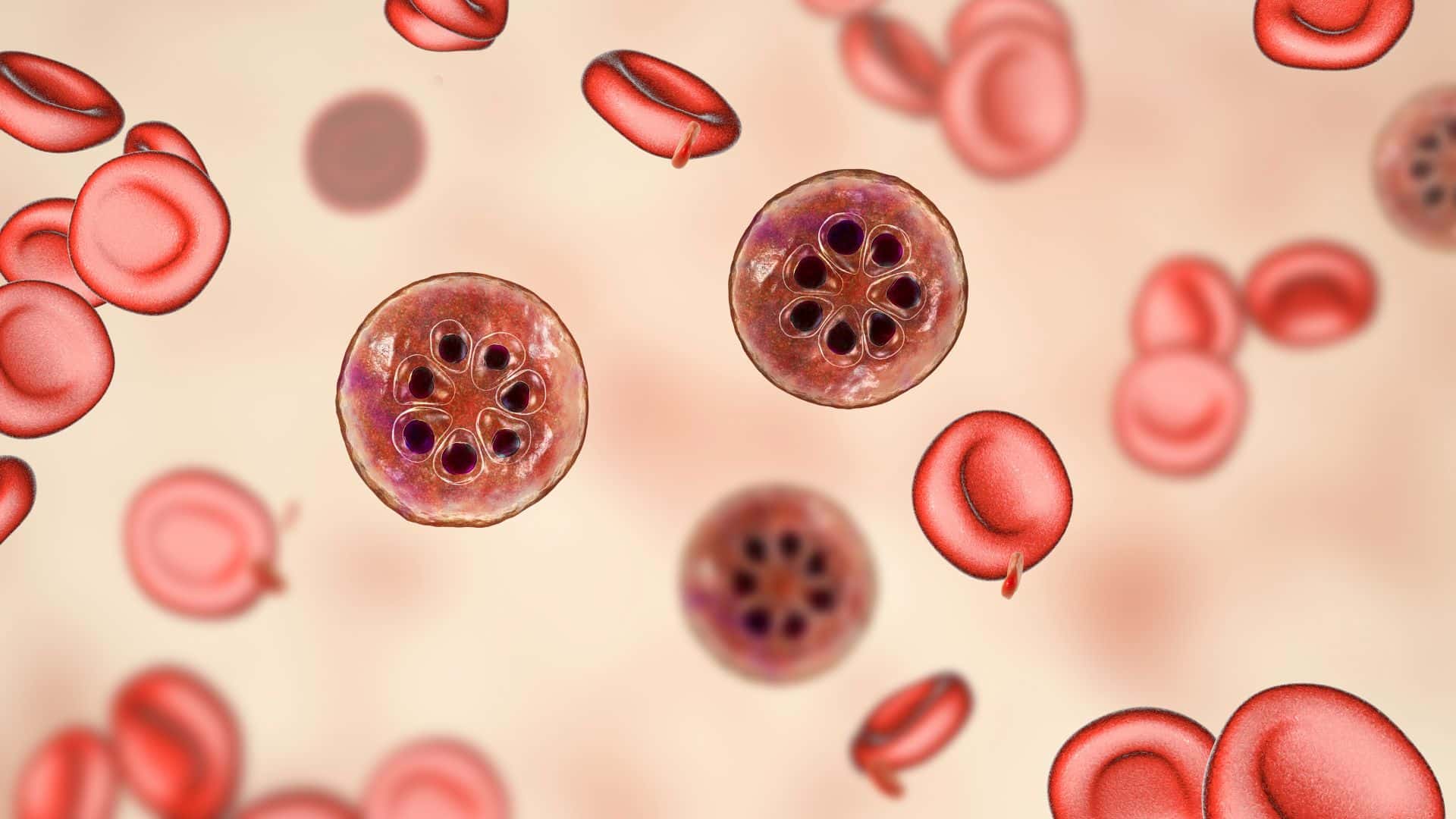
Promoting Disease Understanding and Preparedness through Accessible Learning
Vaccines are critical in addressing endemic diseases, those confined to specific communities (such as Malaria), and pandemic diseases with global implications. To learn more about Malaria, consider the free NextGenU course ‘Understanding Diseases and Effective Action’, available at https://courses.nextgenu.org/mod/page/view.php?id=45385&forceview=1.
Humanitarian U also offers a comprehensive course on ‘Pandemic Etiology, Preparedness, and Response.’ The course encompasses eight detailed modules focusing on different aspects of pandemic preparedness, including vaccine development, testing, surveillance, and risk communication.
This HPass-accredited course can also be accessed for free via NextGenU.org at https://courses.nextgenu.org/course/view.php?id=351. It is particularly advantageous for medical and public health professionals seeking to augment their skill set.
Conclusion
The fight against malaria, particularly in Africa, hinges on the successful development, approval, and distribution of effective vaccines. The Mosquirix vaccine may be a significant step in the right direction, and despite challenges, its implementation within communities most impacted by malaria, such as Cameroon, is crucial. The promising R21 vaccine, still in clinical trials, presents a potential future alternative with higher efficacy and cost-effectiveness. However, the urgency and severity of the malaria problem necessitate immediate action, justifying the current rollout of Mosquirix. In the broader context, it’s important for the global health community to maintain a sense of urgency and collaboration in tackling diseases that primarily affect the world’s most vulnerable populations. As we continue this battle, investing in education and increasing awareness of diseases and public health response, as offered by platforms like Humanitarian U, is essential for our collective preparedness and resilience.
References
Adepoju, P. (2022, October 9). New Malaria Vaccine With 75% Efficacy is a Potential Game-Changer. Malaria & Neglected Diseases. https://healthpolicy-watch.news/malaria-vaccine-75-efficacy-game-changer/
Datoo, M. S., Dicko, A., Tinto, H., Ouédraogo, J. B., Hamaluba, M., Olotu, A., Beaumont, E., Ramos Lopez, F., Natama, H. M., Weston, S., Chemba, M., Compaore, Y. D., Issiaka, D., Salou, D., Some, A. M., Omenda, S., Lawrie, A., Bejon, P., Rao, H., Chandramohan, D., … R21/Matrix-M Phase 3 Trial Group. (2024). Safety and efficacy of malaria vaccine candidate R21/Matrix-M in African children: a multicentre, double-blind, randomized, phase 3 trial. Lancet, 403(10426), 533–544. https://doi.org/10.1016/S0140-6736(23)02511-4
Datoo, M. S., Natama, M. H., Somé, A., Traoré, O., Rouamba, T., Bellamy, D., Yameogo, P., Valia, D., Tegneri, M., Ouedraogo, F., Soma, R., Sawadogo, S., Sorgho, F., Derra, K., Rouamba, E., Orindi, B., Ramos Lopez, F., Flaxman, A., Cappuccini, F., Kailath, R., … Tinto, H. (2021). Efficacy of a low-dose candidate malaria vaccine, R21 in adjuvant Matrix-M, with seasonal administration to children in Burkina Faso: a randomised controlled trial. Lancet, 397(10287), 1809–1818. https://doi.org/10.1016/S0140-6736(21)00943-0
El-Moamly, A.A., & El-Sweify, M.A. (2023). Malaria vaccines: the 60-year journey of hope and final success—lessons learned and future prospects. Trop Med Health, 51, 29. https://doi.org/10.1186/s41182-023-00516-w
Laurens, M. B. (2020). RTS,S/AS01 vaccine (Mosquirix™): an overview. Human Vaccines & Immunotherapeutics, 16(3), 480–489. https://doi.org/10.1080/21645515.2019.1669415
Merle, C.S., & RTSS-SMC working group. (2023). Implementation strategies for the introduction of the RTS,S/AS01 (RTS,S) malaria vaccine in countries with areas of highly seasonal transmission: workshop meeting report. Malar J, 22, 242. https://doi.org/10.1186/s12936-023-04657-5
Springer Nature Research Community. (2023, March 6). A review of the RTS,S malaria vaccine – efficacy, impact and mechanisms of protection. https://communities.springernature.com/posts/a-review-of-the-rts-s-malaria-vaccine-efficacy-impact-and-mechanisms-of-protection
University of Oxford. (2023, December 21). Highly effective, R21/Matrix-M™ malaria vaccine developed by University of Oxford and the Serum Institute of India awarded WHO ‘stamp of approval’. https://www.ox.ac.uk/news/2023-12-21-highly-effective-r21matrix-m-malaria-vaccine-developed-university-oxford-and-serum
World Health Organization. (2021, October 6). WHO recommends groundbreaking malaria vaccine for children at risk. https://www.who.int/news/item/06-10-2021-who-recommends-groundbreaking-malaria-vaccine-for-children-at-risk
World Health Organization. (2023, December 4). Malaria. https://www.who.int/news-room/fact-sheets/detail/malaria
Kirsten Johnson and Miriam Chickering
Authors
